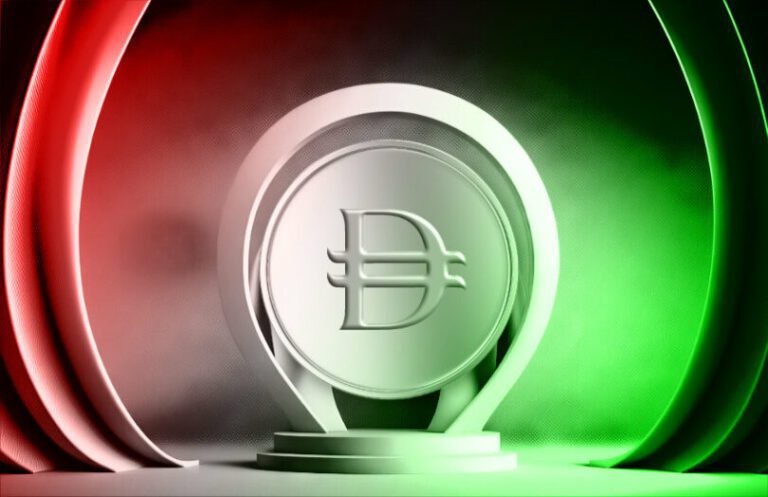The Central Bank of the United Arab Emirates (CBUAE) has revealed plans to introduce a retail central bank digital currency (CBDC), known as the digital dirham, in the final quarter of 2025.
This initiative is a key component of the Financial Infrastructure Transformation (FIT) Programme, a fintech-driven strategy initiated by the CBUAE in February 2023 to accelerate the digital transformation of financial services. According to the central bank, digital payment innovations will enhance financial inclusion, strengthen payment security and efficiency, and support the transition to a cashless economy.
As of January 2025, the FIT Programme was reported to be 85% complete, with full integration expected by 2026. The planned launch of the blockchain-powered retail CBDC was outlined in a March 27 announcement, which coincided with the unveiling of a new dirham symbol and the UAE’s adherence to the FX Global Code.
Key Benefits and Features of the Digital Dirham
The CBUAE emphasized that the CBDC would bring technological and security benefits while fostering innovation in fintech. It also highlighted the legislative changes necessary to establish the digital dirham as a recognized legal tender alongside physical currency.
Retail CBDC vs. Wholesale CBDCA
retail CBDC is intended for general public use, whereas a wholesale CBDC is designed for interbank transactions.
Digital Dirham and Tokenization
The central bank positioned the digital dirham as a highly secure and efficient digital version of the UAE’s currency, leveraging blockchain technology to lower payment costs while ensuring strong risk management, data privacy, and seamless transaction execution.
Individuals and businesses will be able to access the CBDC through licensed financial entities, including banks, exchange houses, finance companies, and fintech firms, based on approved use cases. Among the digital dirham’s key features are tokenization and smart contracts. Tokenization will help improve financial inclusion, enhance liquidity access, and boost transaction efficiency. Additionally, smart contracts will enable the automated execution of complex financial agreements, facilitating instant settlement and multi-stage transactions.
Blockchain and Digital Dirham Wallet
The digital dirham will operate on blockchain technology, a decentralized ledger system that ensures secure and transparent transactions.
To support its circulation, the CBUAE has created a secure platform featuring a Digital Dirham Wallet. This wallet will facilitate various financial transactions, including retail and wholesale payments, cross-border transfers, withdrawals, top-ups, and redemptions. The platform is designed to integrate innovative financial solutions, aligning with the UAE’s ambition to become a leading global digital payments hub.
CBUAE Governor H.E. Khaled Mohamed Balama emphasized that the digital dirham represents a major advancement in the UAE’s financial infrastructure, contributing to economic stability, financial inclusion, and the fight against financial crime. He also noted that the CBDC would drive the development of innovative financial products, reduce costs, and improve global market access.
Cross-Border Payments and mBridge Collaboration
The FIT Programme has already achieved several milestones, including the first cross-border payment using the digital dirham through the mBridge platform, a blockchain-based system developed in collaboration with central banks from China, Thailand, Hong Kong, and Saudi Arabia.
In January 2024, the first international digital dirham transaction, valued at AED 50 million ($13.6 million), was executed with China. The mBridge platform, which reached the ‘minimum viable product’ stage in mid-2024, had previously conducted a pilot in 2022 involving 20 commercial banks.
Given the UAE’s large expatriate population and its active participation in international CBDC projects, the digital dirham is expected to facilitate both domestic and cross-border transactions. The initiative aligns with broader national strategies such as the ‘We the UAE 2031’ vision and the ‘UAE Digital Economy Strategy’, which aims to double the digital economy’s contribution to the country’s non-oil GDP within the next decade.


